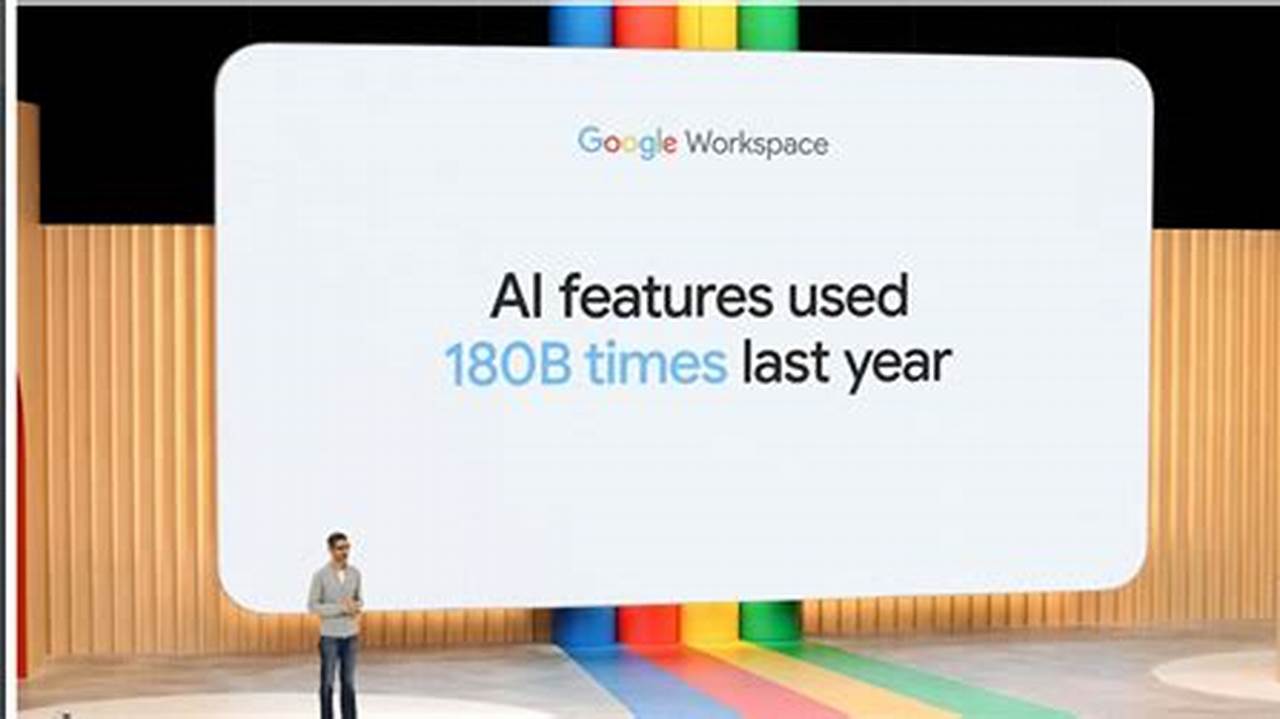Blogs
How Are Tariffs Affecting Affiliate Marketing? (And How We're Making Sense of It All)
)
First Things First… What Is a Tariff?
Think of a tariff like a toll. When a product crosses from one country into another, the importing country can charge a fee. It's not on the driver, it's on the product itself. So if something gets manufactured overseas and shipped to the U.S., it might now come with an extra charge.
What’s Changed in 2025?
The U.S. just rolled out a new wave of tariffs, especially targeting goods from destinations like China, Europe and India.
Here’s the quick breakdown:
-
10% blanket import tax – Imagine a big blanket being wrapped around every product coming into the country, no matter what it is. “Blanket Tax” = a tax that covers everything and anything.
-
25% duty on vehicles – If you’re in the auto niche, this one stings.
-
The end of the “de minimis” rule – This used to let low-cost goods (under $800) sneak into the U.S. without tariffs, but not anymore.
So What Does This Mean for Affiliate Marketers?
Let’s break it down: as an affiliate marketer, you're part of a global ecosystem. You promote products, drive traffic, and help generate sales, but many of those products are imported from other countries. When tariffs are introduced or increased, it affects the entire chain, and yes, that includes you too.
Here’s how it plays out in the real world:
Products Cost More
When tariffs increase import costs, merchants raise retail prices. That $20 charger you used to promote? It’s now $28,and your audience notices. 82% of Americans are hyper-aware of rising costs, and over half have already adjusted their buying habits. Consumers are more cautious, less impulsive, and much harder to convert.
Consumer Behaviour Is Changing
Inflation, tariffs, and rising costs are all reshaping how people shop, turning impulse buys into second guesses. That once-effortless “add to cart” cause it's a cheap trendy phone stand? Now it’s met with hesitation. Today’s consumer is more cautious, calculated, and value-driven, less willing to try unfamiliar brands or offers unless there’s a compelling reason. As a result, bounce rates climb, ad clicks convert less, and freebie-style content underperforms. It’s not just about price, it’s about mindset. Affiliates now must work harder to build trust, deliver smarter content, and craft angles that prove value from the very first touchpoint.
Big Advertisers Are Spending Less — and Crowding More
Big advertisers are feeling the squeeze, too. With shipping costs rising and profit margins thinning, platforms like Shein and Temu are cutting back on digital ad spend and affiliate incentives. And when the big players pull out, it opens up space and attention for everyone else.
Smaller brands are now leaning harder on affiliate marketing to drive results—but with leaner budgets and much higher expectations. This creates an interesting dynamic:
-
More competition in affiliate channels
-
More scrutiny on performance
-
More pressure to deliver better traffic, better conversions, and faster growth
But here’s the good news: if you’re agile, this is your edge. You’re not a massive brand with production locked in a single country. You’re flexible. You can test, you can pivot, and you can go where the performance is. Tariffs might slow down the giants, but they can’t stop a sharp affiliate from moving fast and smart.
What’s Everyone Else Doing?
Watching how others are adapting can give you a leg up, so we’ve pulled together a few of our favourite ways affiliate marketers and brands are turning a tariff-fuelled challenge into a growth opportunity...
Some are getting hyper-local and focusing on domestic brands that aren’t affected by international shipping fees or customs delays. By switching to merchants with U.S.-based fulfilment or localized supply chains, they’re avoiding the tariff chaos altogether and giving customers faster delivery and more consistent pricing. MeUndies, for example, launched a bold 44% off sale to match the tariff hike on Sri Lanka, sending a clear message: “We’re here for our community—bureaucracy be damned.” Similarly, Burlap & Barrel turned a customs delay into a sales driver with a spontaneous “tariff sale,” proving that transparency plus urgency can still move the needle.
Others are embracing transparency as a loyalty-driver, helping brands communicate honestly with customers about price changes due to tariffs. Affiliates that can help tell a story, whether through content, email, or influencer messaging, that explains why prices have gone up but why the product is still worth it, are seeing stronger trust and even higher engagement. A great example of this comes from BEIS email….
There’s also a trend toward tiered commissions, where affiliates working on higher-priced or tariff-affected items are getting bonus payouts for pushing through the harder sales. This tactic helps offset the risk and gives you more incentive to focus on the products that need a more persuasive touch.
We’re also seeing more marketers turn to conversion optimization tools, like AI-generated copy testing, dynamic landing pages, and cart abandonment flows, to squeeze more value out of every click and every customer. When every dollar counts, every tweak matters.
And of course, smart affiliates are leaning into diversification, not relying on just one vertical, one advertiser, or one type of campaign. Whether it’s exploring native content placements, or testing new influencer campaigns, flexibility is the new survival skill.
So… What Can YOU Do?
First, take a good hard look at your portfolio. If you’re heavily promoting products from countries affected by these tariffs, it might be time to shift gears. Look for brands that are local, nimble, and fully stocked. These are the merchants that are best positioned to ride out the storm and they’ll need affiliate help to get the word out.
Next, update your messaging. If prices have gone up, help your audience understand why. Use blog posts, email sequences, social content, or video to explain what’s changed, how it affects them, and why the product still delivers value.
Now would also be a great time to talk to your partners. Ask them what’s changing on their end. Are commissions staying the same? Can they offer bonuses on tough SKUs ?Are they launching domestic fulfilment options? The more you know, the better you can position yourself and your campaigns.
And if you haven’t already, start testing new channels. Maybe your usual paid social campaign is slowing down, but that niche podcast deal or native content placement might be the key to unlocking a whole new audience. Stay agile, stay curious, and don’t wait for things to “go back to normal” this is the new normal.
Final Thoughts: Tariffs May Be Tough, But So Are You
Let’s not sugarcoat it, affiliate marketing is hard. You’re constantly adapting, optimizing, and thinking ten steps ahead. And now, tariffs are adding one more headache to the mix.
But here’s the thing:
Affiliate marketers are built for this. You’re not just resilient, you’re resourceful by default. While others panic, you pivot. While things slow down, you find new ways to move faster.
Now update those landing pages, talk to your merchants, and help your audience understand what’s going on, because tariffs may be here to stay, but so are your clicks, your conversions, and yes, your commissions.
This article was informed by multiple sources. For further details, please refer to the hyperlinks provided throughout the text.
Don’t miss Affiliate Summit East this August 4-5 in NYC! You'll get the chance to connect directly with industry leaders, uncover the latest trends, and discover actionable strategies to transform your affiliate program.




)
)
